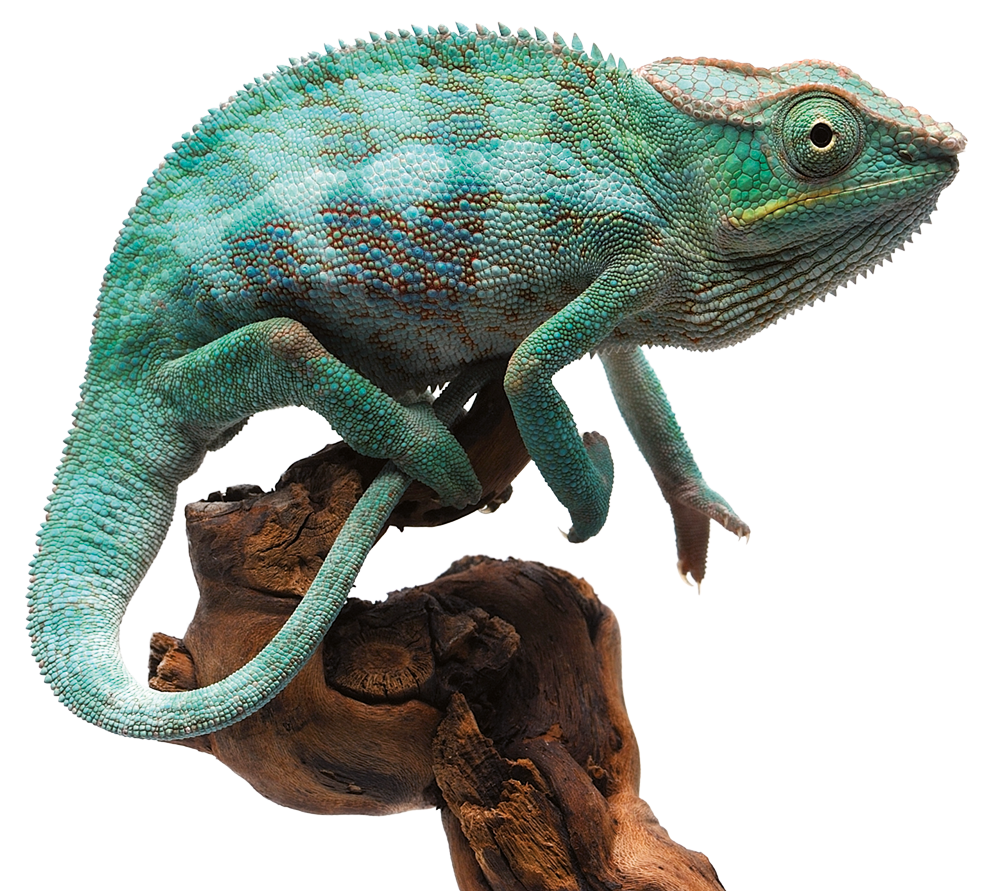
It is thought that many frogs and toads in captivity (and other reptiles, especially morphs) may appear less colorful compared to anurans existing in a natural environment. Does the lack of color vivaciousness have an impact on animal survival or breeding? Or are we only concerned about the aesthetics of a captive specimen on display?
The colors in question are yellow, orange and red pigmentation. In nature these colors are produced by carotenoids, biologically active pigments synthesized by plants, bacteria and fungi. Vertebrates such as reptiles and amphibians cannot synthesize carotenoids in their bodies, they rely entirely on dietary sources, thus lack of color in frogs and toads may be due to a lack of carotenoids in the diet. Carotenoids may influence health and reproduction due to their roles in immune and antioxidant systems in many animals, yet their importance for frogs and toads is poorly understood. The colors based on carotenoids are often used for sexual or anti-predator signaling. Reduced coloration in captive frogs and toads could indicate poor health, with consequent implications for reproductive viability in captivity and possible reintroduction to the wild.
Frogs and toads are insectivores (they eat insects) and consume a wide variety of invertebrates that have fed on many different food items. They may alter their prey selection at different stages of their life based on their nutrient needs at that time. For insectivores in captivity, the choice of feeder insect species is limited and many of these species are known to be deficient in key nutrients. Gut-loading is a practice in which the invertebrate feeder species is fed a diet rich in specific nutrients, which will remain present in the gastrointestinal tract when consumed by the insectivore. With this practice, however, it is vital that the feeder species is consumed while these nutrients remain in the gastrointestinal tract. One concern with gut-loading is when the invertebrate feeder species is present in the insectivore environment for 48 hours or longer before consumption, the carotenoid content of the gastrointestinal tract becomes negligible. Insectivores should be fed freshly gut-loaded prey that have had access to nutrient-rich food in the last 48 hours, and any that remain uneaten within 48 hours should be removed from the environment to avoid insectivores who are satiated on empty-gut prey.
Many commercially available feeder crickets are fed bran-based diets. Only trace levels of carotenoids are found in these crickets, making them a poor source of carotenoids when fed to frogs and toads. It is recommended to feed these prey species diets that are high in carotenoids, such as fresh fruit and vegetables.
We and selected third parties use cookies or similar technologies for technical purposes and, with your consent,
also for other purposes as specified in the .
If you close this banner with a tick or click on "Decline", only technical cookies will be used. If you want to select the
cookies to be installed, click on 'Customise'. If you prefer, you can consent to the use of all cookies, including
cookies other than technical cookies, by clicking on "Accept all". You can change your choice at any time.